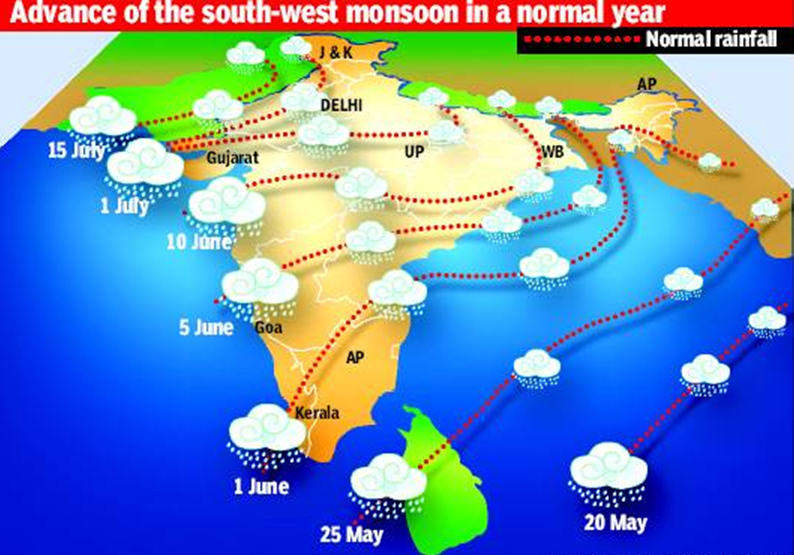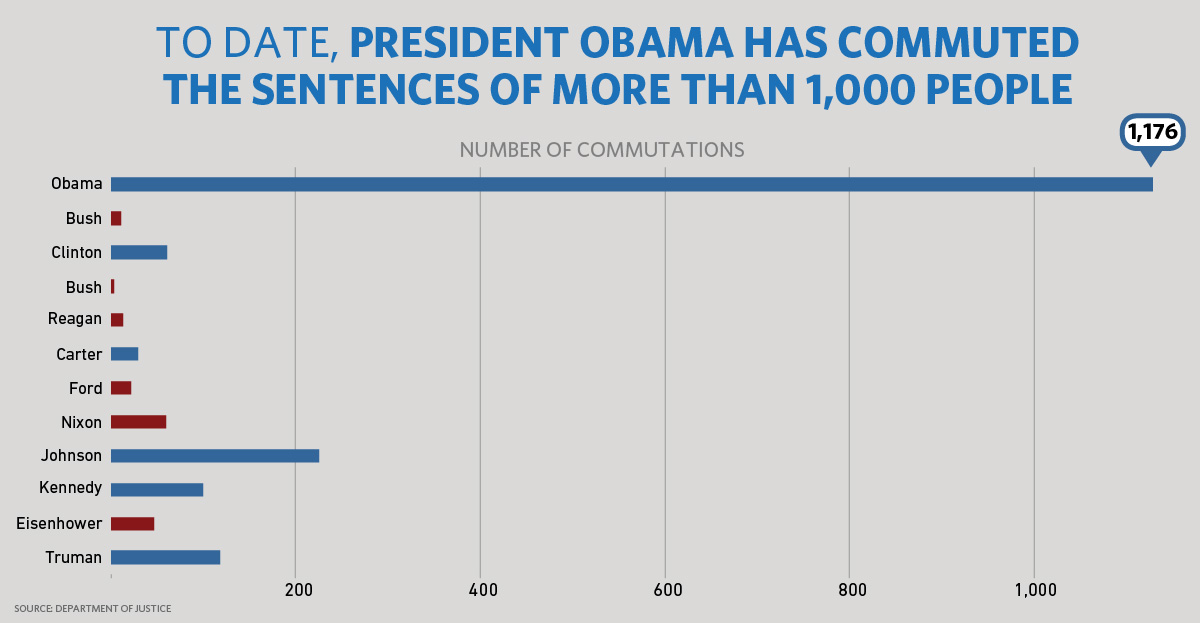India's Monsoon Forecast: Positive Impact On Agriculture And Consumer Spending

Table of Contents
Impact of Monsoon on Indian Agriculture
The monsoon season is the backbone of Indian agriculture, directly influencing crop yields and the livelihoods of millions. A healthy monsoon translates to a robust agricultural sector, creating a ripple effect across the entire economy.
Increased Crop Yields and Food Security
Sufficient rainfall is essential for the successful cultivation of major crops like rice, wheat, pulses, and oilseeds. A strong monsoon leads to:
- Higher crop yields: Abundant rainfall ensures healthy plant growth and increased productivity, leading to bumper harvests.
- Enhanced food security: Increased crop production directly contributes to food security, ensuring adequate food availability for the burgeoning population and reducing the risk of food shortages.
- Lower food prices: Higher supply generally leads to lower prices, making food more affordable for consumers.
However, it's crucial to acknowledge that challenges remain. Uneven rainfall distribution can significantly impact agricultural output, leading to localized droughts or floods, which can negatively affect specific regions despite a positive overall monsoon forecast. Efficient irrigation systems and water management techniques are vital to mitigate these challenges.
Boost to Farmer Income and Rural Economy
Higher crop yields directly translate to increased income for farmers, the backbone of the rural economy. This boost in income has a significant ripple effect:
- Increased rural spending: Farmers with higher incomes are more likely to spend on consumer goods, improving the local economy.
- Growth of related businesses: Businesses that support agriculture, such as fertilizer suppliers, farm equipment dealers, and transportation services, also experience growth.
- Government support: Government initiatives and policies, including subsidies and credit facilities, play a crucial role in maximizing the benefits of a good monsoon for farmers and the rural economy. Effective implementation of these policies is key to ensuring that the positive impact reaches all segments of the rural population.
Positive Effects on Consumer Spending and Economic Growth
A successful monsoon season isn't just beneficial for farmers; it significantly impacts consumer spending and overall economic growth.
Increased Disposable Income and Rural Demand
Increased farmer income leads to higher disposable income in rural areas, resulting in:
- Boosted rural demand: Farmers with more money spend more on consumer goods, ranging from fast-moving consumer goods (FMCG) like food and personal care products to durable goods such as appliances and two-wheelers.
- Increased contribution to GDP: This surge in rural demand significantly contributes to overall economic growth, fueling national GDP and creating a positive feedback loop for the entire economy.
Inflationary Pressures and Mitigation Strategies
While a good monsoon generally boosts the economy, it can also lead to inflationary pressures. Increased demand for food products might push prices higher. The government plays a crucial role in mitigating these pressures through:
- Strategic stockpiling: Maintaining sufficient food reserves can help stabilize prices.
- Import/export policies: Adjusting import and export duties can regulate supply and demand.
- Monetary policy adjustments: The central bank can use monetary policy tools to manage inflation.
Analyzing the Monsoon Forecast and its Reliability
The accuracy of India's monsoon forecast is crucial for effective planning and policy-making. Meteorological departments employ sophisticated techniques:
- Statistical models: These models analyze historical data to predict rainfall patterns.
- Satellite imagery and weather radar: These technologies provide real-time data on atmospheric conditions.
- Climate models: These consider factors like global warming and El Niño to improve prediction accuracy.
While forecasting has improved significantly, limitations remain. Unpredictable weather patterns and climate change pose challenges to precise predictions. Continuous monitoring and adaptation to changing climatic conditions are vital for enhancing the accuracy of future monsoon forecasts.
Conclusion
A successful monsoon is a significant boon for India, positively impacting agriculture and consumer spending. Increased crop yields translate to higher farmer incomes, stimulating rural demand and contributing to overall economic growth. However, potential inflationary pressures need to be addressed through effective government intervention. Accurate India's monsoon forecast is paramount for effective economic planning and policy-making. Stay updated on the latest India's monsoon forecast and its implications for various sectors through reliable news sources and government reports. Learn more about the impact of the monsoon on the Indian economy and its future predictions.

Featured Posts
-
 Trumps Legacy A Deep Dive Into Second Term Presidential Pardons
May 15, 2025
Trumps Legacy A Deep Dive Into Second Term Presidential Pardons
May 15, 2025 -
 Kinopoisk Darit Soski S Ovechkinym V Chest Rekorda N Kh L
May 15, 2025
Kinopoisk Darit Soski S Ovechkinym V Chest Rekorda N Kh L
May 15, 2025 -
 Padres Series Win Over Cubs Game Recap And Highlights
May 15, 2025
Padres Series Win Over Cubs Game Recap And Highlights
May 15, 2025 -
 Repetitive Documents Ai Creates A Compelling Poop Podcast
May 15, 2025
Repetitive Documents Ai Creates A Compelling Poop Podcast
May 15, 2025 -
 Israel Adesanyas Praise For Paddy Pimbletts Flawless Performance Earns Him Michael Chandler Fight
May 15, 2025
Israel Adesanyas Praise For Paddy Pimbletts Flawless Performance Earns Him Michael Chandler Fight
May 15, 2025
